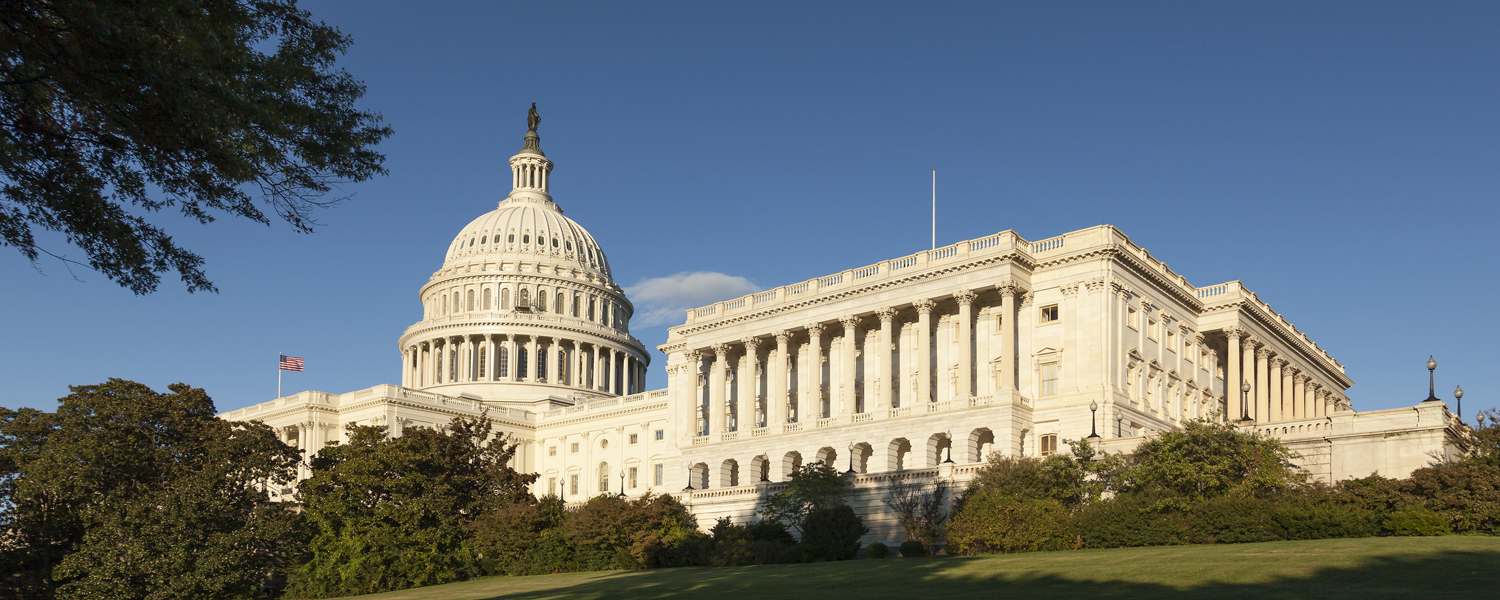Conversation
Crossed Lines
Interview by Larry Peña

 How do we choose who chooses our elected officials? That’s the question for Cal Poly political science Professor Michael Latner, who is currently studying congressional districting policy in Washington, D.C. on a fellowship with the Center for Science and Democracy. During a brief visit back to campus, Latner spoke with Cal Poly Magazine about how gerrymandering, the skewing of voting district lines in an attempt to influence election outcomes, impacts our democracy.
How do we choose who chooses our elected officials? That’s the question for Cal Poly political science Professor Michael Latner, who is currently studying congressional districting policy in Washington, D.C. on a fellowship with the Center for Science and Democracy. During a brief visit back to campus, Latner spoke with Cal Poly Magazine about how gerrymandering, the skewing of voting district lines in an attempt to influence election outcomes, impacts our democracy.
CAL POLY MAGAZINE: WHAT IS GERRYMANDERING?
Latner: Gerrymandering is when you have electoral districts that are drawn to benefit one group over another. In the case of partisan gerrymandering, they’re drawn to advantage the voters of one party over another. In racial gerrymandering, the strategy is to advantage the interest of one racial group over another.
WHAT’S THE PROCESS BY WHICH THOSE LINES GET DRAWN?
In most states the process is done rather ironically by the legislators themselves. The states control the process, and typically having majority control over your state legislature means having control over the entire process. What we saw in our research was that the states where the legislature had full control over the process, not surprisingly, were the states that really maximized their partisan advantage for whichever party was in control.
HOW ARE YOU APPROACHING THIS TOPIC OF CONGRESSIONAL DISTRICTING AND WHAT ARE YOU LEARNING?
We’re looking ahead and basically trying to plot out the landscape for what the next round of redistricting is going to look like based on what happened in 2012 and the years preceding. We’re focusing specifically on which legislatures look to be the worst gerrymandered or the least gerrymandered, and what institutions correlate with better or worse representation in terms of fairness of voting rights. We’re also looking at the consequences of a gerrymander that happened in 2012 based on data from the 2010 census — how it affected election law and the electoral process in terms of shaping the electorate, voter turnout, voter eligibility in the 10 years after. That will set us up for an analysis of what we can expect in the next round of redistricting.
HOW DOES PARTISAN REDISTRICTING AFFECT THE RIGHTS OF A CITIZEN OR A VOTER?
When you have different populations in districts it’s called malapportionment, and by doing that you can weaken or dilute a voter’s vote. Let’s say you live in a district where there are 20,000 eligible voters packed into a district, and all of the surrounding districts have 10,000 voters. What that means is that your vote counts half as much as your neighbors’ votes. That was a common tool used to disenfranchise African-Americans in the South and other regions. We’ve addressed that specific problem, but what we haven’t dealt with is the question of partisan gerrymandering — we are still packing Republicans and Democrats or cracking up populations using creative electoral district boundaries, and we’re diluting votes in the exact same way. Pennsylvania just recently had its congressional districts thrown out by the state supreme court because of this and had to initiate a new congressional plan. Their new plan looks to be basically fair — that is, there’s a very good chance that with a 50/50 vote split, you’re going to get nine Democratic seats and nine Republican seats. It treats every voter equally regardless of which party they vote for.
IS THAT THE KIND OF RESULT THAT YOU AND YOUR COLLEAGUES ARE LOOKING FOR ACROSS THE NATION?
We’re looking at gerrymandering and redistricting, but we’re also looking at voting rights more broadly — voter eligibility requirements and administrative and procedural laws that make it either easier or more difficult to vote. And the same logic holds though. What I’m looking for is a fair process. The metric that I’m using is equality.
FROM A POLICY PERSPECTIVE, IS THERE A WAY TO ENFORCE THAT? CAN WE MAKE ELECTIONS AND DISTRICTS MORE UNIVERSALLY FAIR?
The policy solution is to actually change the way we draw our districts. One of the things that our research showed pretty clearly was that states that adopt non-partisan redistricting methods have less-biased districts. Surprise, surprise. California went from having a fairly moderate Democratic-leaning gerrymander that was really an incumbent protection plan, to having one of the fairest plans in the country, as a result of adopting a non-partisan redistricting commission. It’s a way of removing the ability of parties to maximize their own advantage.
HOW DOES THAT IMPROVE AMERICAN GOVERNMENT GOING FORWARD?
That’s a more complicated question. There’s disagreement over the degree to which gerrymandering causes partisan polarization. We know that partisan polarization makes governing much more difficult because there’s literally no one left in the middle to make deals with. Democracy ultimately depends on dealmaking and compromising and bargaining, so it’s no surprise that the last few Congresses have been the most unproductive in American history. But gerrymandering is a bug in our political system. It’s something we can fix given the right tools.
Listen to the full interview:
WHAT LATNER WILL BE WATCHING FOR IN NOVEMBER
Though congressional elections are months away, it’s not too early for Latner to start making some predictions.
Polling shows Democrats could narrowly take back the House in November, he told the Cal Poly Alumni D.C. chapter at a roundtable in downtown Washington in March. If that happens, he said, California will likely be an important state to watch.
“California races could contribute a lot to a wave because of several retirements, and then five or six closer races,” including those of Cal Poly alumni Republican Reps. Jeff Denham and Devin Nunes, he said.
— Sean McMinn





